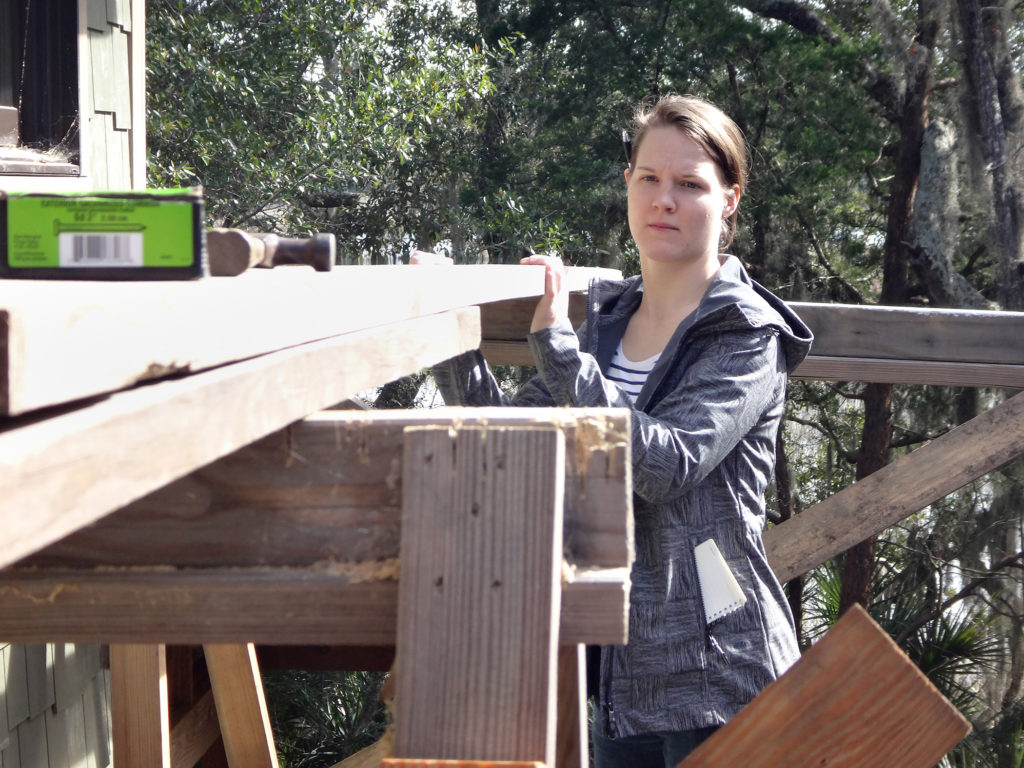A historic estate along the Georgia coast that traces its roots back more than three centuries may soon provide a look at solar energy’s potential to meet the world’s growing demand for power.
A team of students from UGA’s College of Engineering is working to help the UGA Center for Research and Education at Wormsloe meet a portion of its energy needs through solar energy. The team’s work will serve as the foundation for a long-term solar research, education and outreach program on the island near Savannah.
Funded by a grant the Wormsloe Foundation awarded to UGA engineering professor David Gattie, the work is a senior capstone design project for students John DeRosa, Brooke Spreen, Garrett Steck and Samantha Trulove.
“Working at a historic site adds a different kind of element to the project,” said DeRosa, an environmental engineering major from Lilburn. “It forces us to be mindful of permitting issues that would not exist in other places. Additionally, the site forces us to be especially considerate of the cultural and ecological impacts our design will have.”
Located on the Isle of Hope, Wormsloe Plantation dates back to the 1730s, and the property has served as a military stronghold, plantation, country residence, state park and tourist attraction. In 2013, the Wormsloe Foundation donated 15 acres of the land to UGA. The university operates the property as a historical and ecological preserve. Wormsloe also serves as a site for interdisciplinary research in archaeology, ecology, environmental planning and design, historic preservation, landscape architecture, geography, history and engineering.
With plans to construct additional facilities to support research, education and tourism, Wormsloe must account for an increase in power demand. The plan is to meet some of this need through renewable energy.
The UGA engineering students are working with Wormsloe to design a demonstration solar power installation that will allow visitors to see a working renewable energy system. The team’s design will connect to Wormsloe’s existing infrastructure, allowing for future expansion of the technology.
“One of the great things about our senior capstone design course is the students must interact with their client,” said Jason Christian, an assistant professor in the College of Engineering and one of the team’s faculty mentors. “The students experience the give-and-take that occurs on projects from start to finish.”
Stephan Durham, an associate professor and coordinator of UGA’s civil engineering program, also serves as a faculty mentor on the project.
According to Christian, the work will force the team to consider the big picture as well as the actual “nuts and bolts” of the project.
“They’ll have to calculate the average number of sunny days at the site, look for installation locations without tree canopy, estimate the power load from the facility, determine the proper size of the solar arrays and design the power distribution system-all the way down to determining the proper size of the wiring,” he said.
DeRosa said the project has given him more confidence in the skills and knowledge he’s acquired through his studies in the engineering college while allowing him and the other students to make a lasting contribution to one of Georgia’s most unique places.
